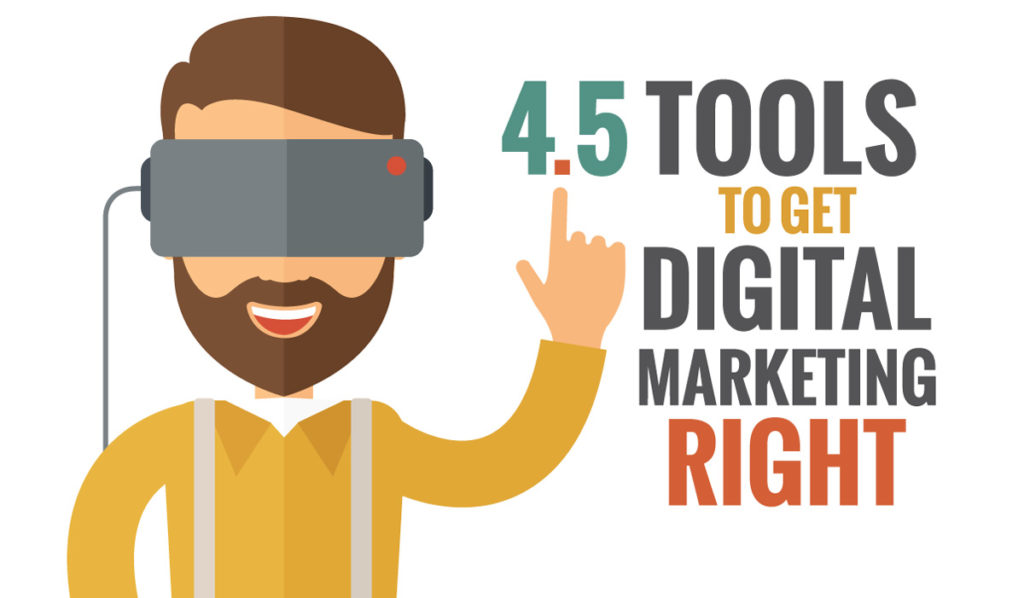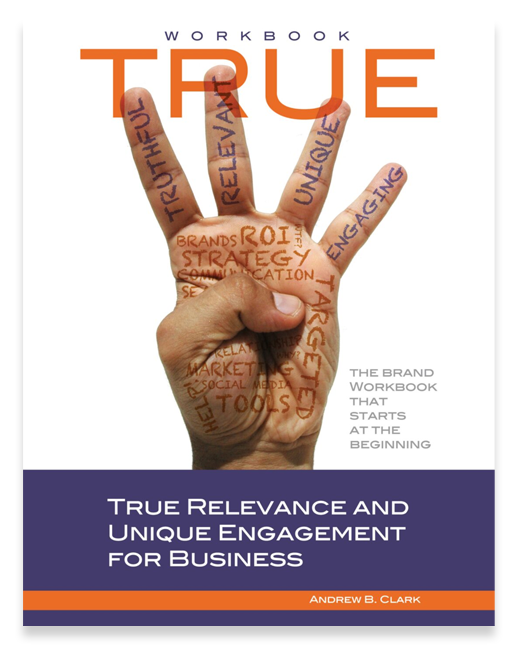This is the industrial age of digital marketing. What’s hot today will soon be yesterday’s cold fish.
It seems like just a short 12 months ago, we were working on Vimeo engagement strategies and backing off email campaigns. And now, well, email is back on the table and Vimeo is no more than a greasy skid mark on your iPhone. Digital is fickle at best. But as new tools and new technologies are developed, the opportunities to build customer connections are better than ever.

Digital marketing is still marketing.
It’s just a variety of new tools that make it different than the marketing we did 10 – 15 years ago. For those of us that have been in business long enough to remember, every marketing campaign started with “Why.” Why would “Customer X” want to {insert profitable action here}? From there, we worked backwards, deciding the best marketing strategy to entice “Customer X” to take action.
So, with the number of digital marketing tools compounding day-by-day, what can your company use today to capitalize on digital connections tomorrow? We’ve put together a handful of digital marketing tools (4.5 to be specific) – some old, some new, some old and made new – that we think will have the best impact on your customers’ buying triggers.
1) Advertorials: These are genius. Some may consider this an extension of “Content marketing,” and, in part, we agree. Advertorials are a little like the caustic cousin to the pristine press releases of yesteryear. Prior to the digital age, the use of extended content for advertising was frowned upon, but, with the increase in ad-blockers and changes in search algorithms as well as how news is digested these days, the Advertorial has become a respectable tool for marketers trying to sway brand perspective. Unlike press releases, Advertorials are overt in their direction to the consumers and contain a well-defined call-to-action (link to website, shopping cart, sales collateral, etc.). Outside your own website, these digital marketing pieces are often seen on more flexible news outlets like BuzzFeed and The Huffington Post.
Investing in the Advertorial model of digital marketing engages readers and aids in link building for search engine optimization (SEO). It’s important to remember, though, that to be effective, your advertorial must seamlessly tie into the content of the website on which it is hosted. For example, an article about a particular craft brew your new restaurant produces would be poorly received on a website that gives legal advice. The same content, however, would lend itself beautifully to a site that gives party planning advice. Finding the right outlet and making the logical connections is all part of thinking strategically.
2) Client Testimonials: The old days of client testimonials are long gone. Facebook, Swarm, Trip Advisor, Yelp as well as numerous other apps have given the testimonial a life of its own. But as we’ve seen, the testimonial revolution can be a double-edged sword. What works for Facebook and Yelp doesn’t apply to your own site and the impact testimonials have on search positioning. What you put on your site needs to be well thought out and strategic in its content, placement, and even the demographics of the feature. Just like the product or service you provide, testimonials you feature on your site need to connect to your target audience and build credibility and familiarity.
3) Mobile: We’re willing to bet, 10 to 1 odds, you’re reading this on a mobile device. iPad, iPhone, Android, mobile is the way of the future and if you haven’t adapted you’re woefully behind the curve. Statistics based on just our own clients’ sites say well into 60% of site traffic is coming through mobile devices. In April of 2016, search behemoth, Google announced algorithm changes that tied search success to mobile compatibility for all sites. That means, if your site isn’t mobile compatible, you’re not going to be indexed as favorably as a competitor’s site that is. Compatibility features range from navigation ease and graphic responsiveness to easy-to-read calls to action. Ultimately, mobile compatibility and optimization is vital to creating a seamless experience for your users.
4) Video: We’ve said it before and we’ll continue to harp on it, Video is one of the best ways to connect to your end users. For digital marketing, video brings life and a literal voice to your brand. Seeing YouTube (owned by Google, ironically) is the second most used search engine on the planet, if you’re playing the video and mobile games right, you’ll have a good start on search engine marketing strategies. Good video isn’t just talking head commercials and sales pitches, though. Video provides a plethora of distribution options that increase the touch points for your customer. From webinars, Instagram and Snapchat to 360-degree “virtual reality” videos, the ways to engage with your customers is endless. Plus, with the recent addition of Facebook Live, video live streaming has become an increasing presence and staple to communication on all fronts. The ways companies can use video (and live video) range greatly. Think of the next time you have a new product launch, a product demo, personal tours, even addressing media crises, to name a few. The use of live video and streaming video solutions has shown to increase customer satisfaction as well as open the boundaries put on smaller businesses for infinite geographical reach.
4.5) Virtual Reality (VR): We make this the “4.5” of the list just because of Virtual Reality’s unknowns. Spoke as a marketing company has yet to use VR in a campaign. But, between me, you, and the lamp post, I’m giddy as a schoolgirl for it. VR is a form of engagement that will bring our customers to an entirely new level. From virtual demos to tours and more, the potential of virtual reality has yet to even be realized. Imagine the VR stories you can create behind your brand. Are you a bike repair shop? Take your customers on a ride through the city on their new cycle. What about the travel industry? Where CAN’T virtual reality take us? And imagine the potential VR has for prototyping all sorts of products. From your mind to the customer’s eye, mind, and heart, it’s one step closer to that million-dollar solution.
For most, it’s a budgetary issue. While the bigger corporations have started integrating VR into some efforts, medium and smaller budgets are slow to pick up the weight of integration. But, just like the Internet itself, the initial cost barriers to technology are going to be fronted by the first to market. Once the systems are created, adaptability will excel beyond our greatest imaginations.
So, how can you, as a business owner, capture the right digital marketing tool and connect with those that matter most? Strategy. No tool works without a plan. From Advertorials to Virtual Reality, once a logical strategy is in place you’ll know which will be the most impactful on your customers.
Looking for more? Please, give us a call. For more information on digital marketing strategies or to discuss your needs for marketing communications, please feel free to reach out to SPOKE Communications through our Web site contact page, email biz{at}spokecom{dot}com, or call us directly at 515-257-6584.


